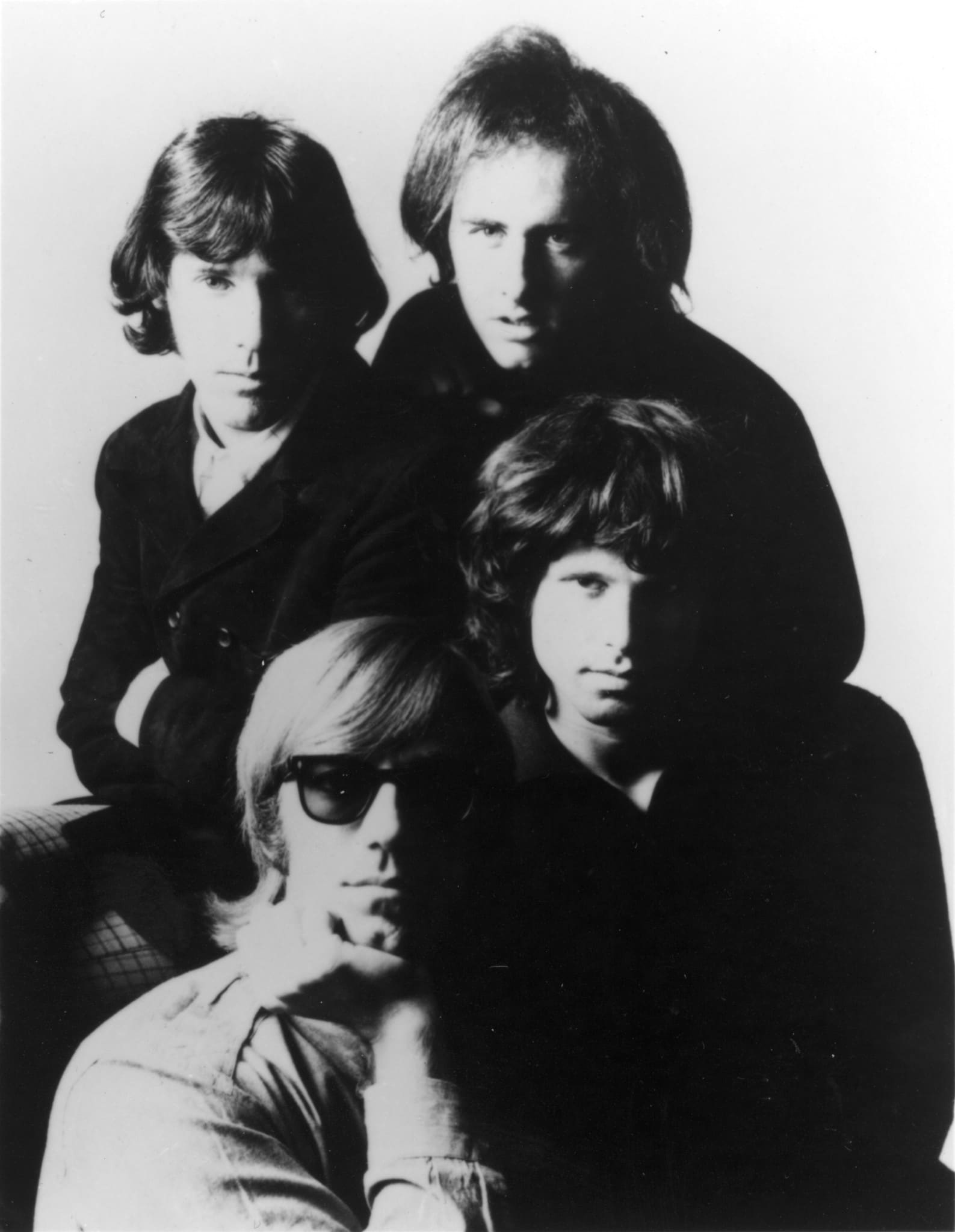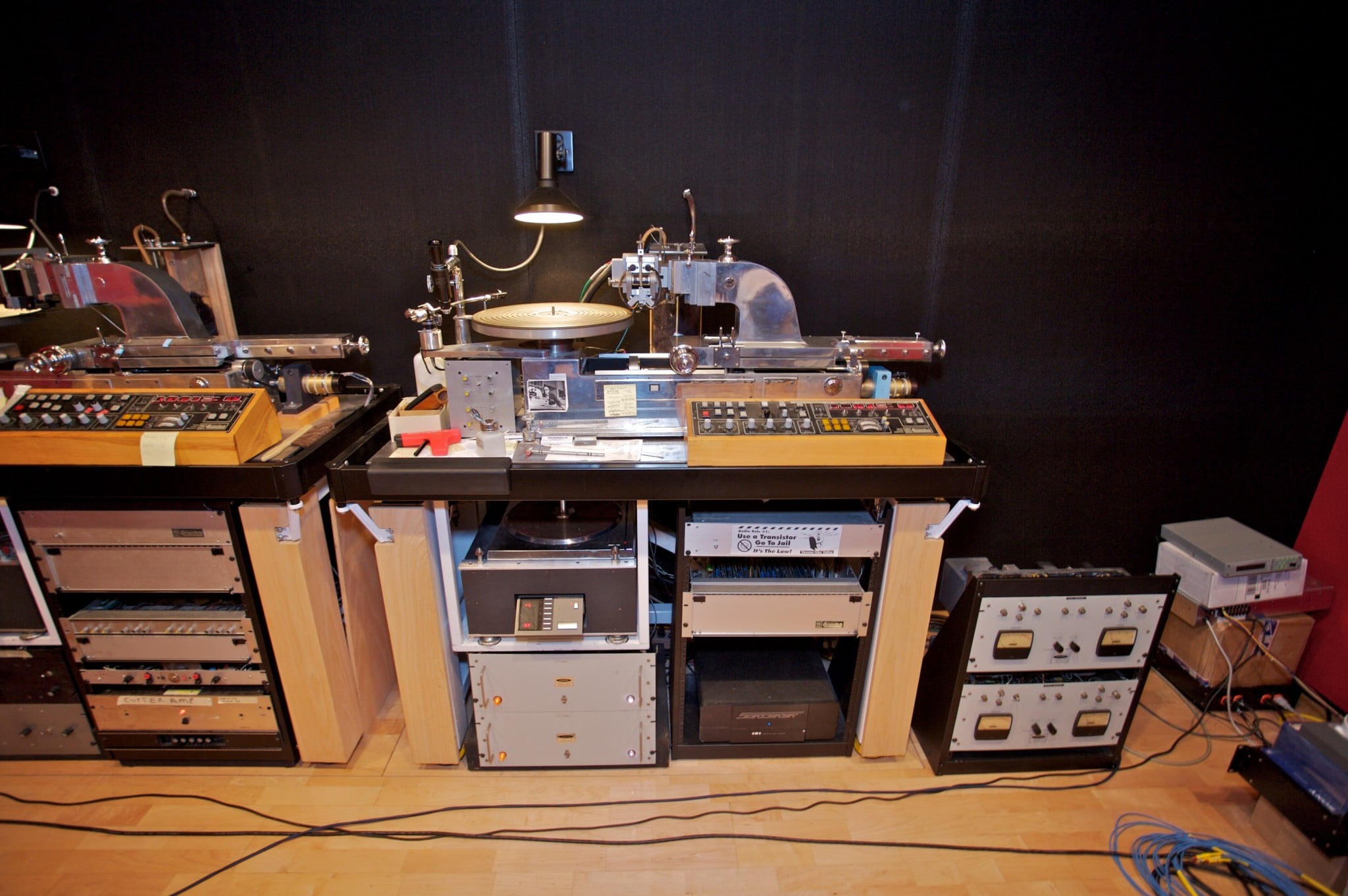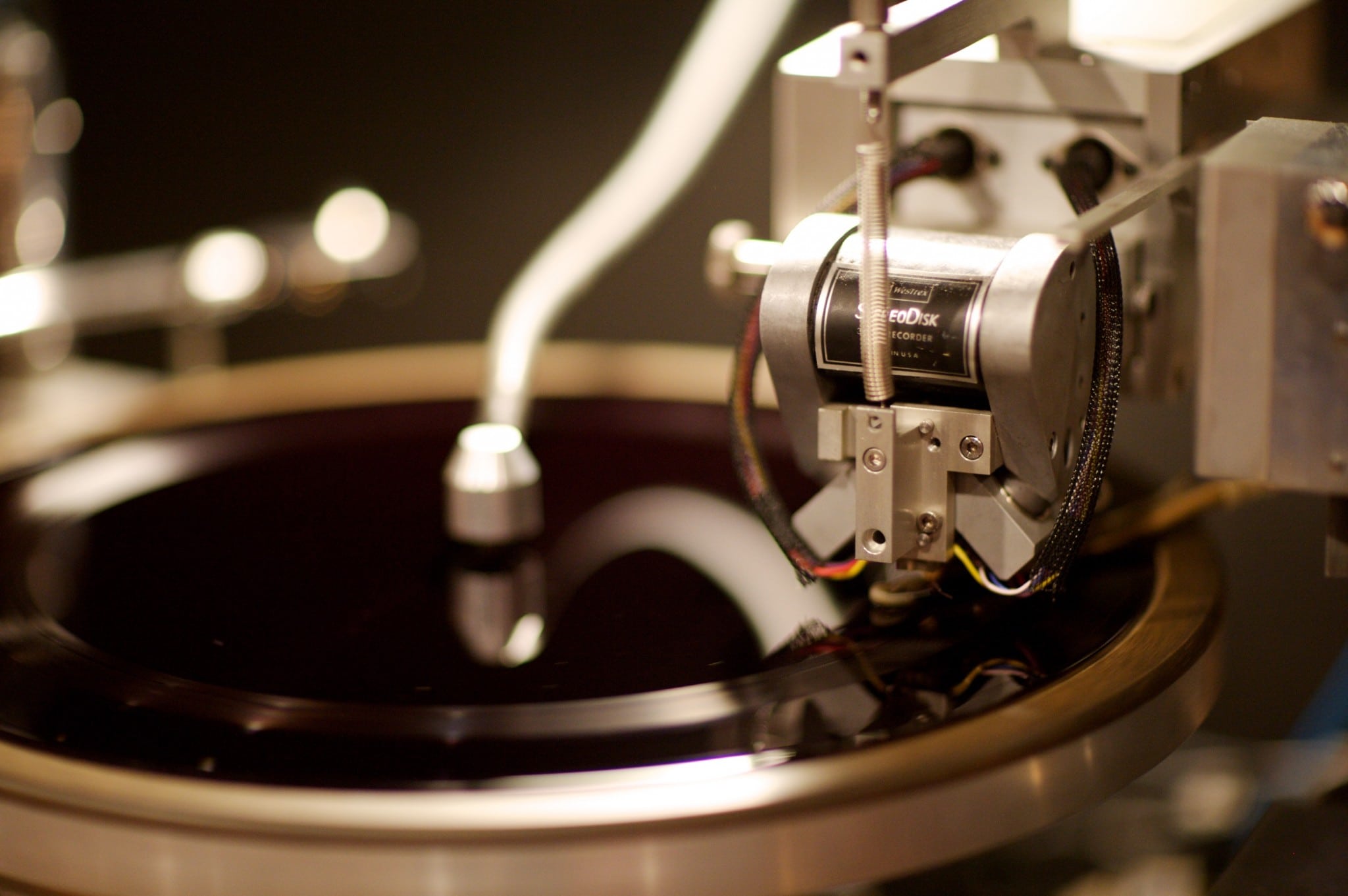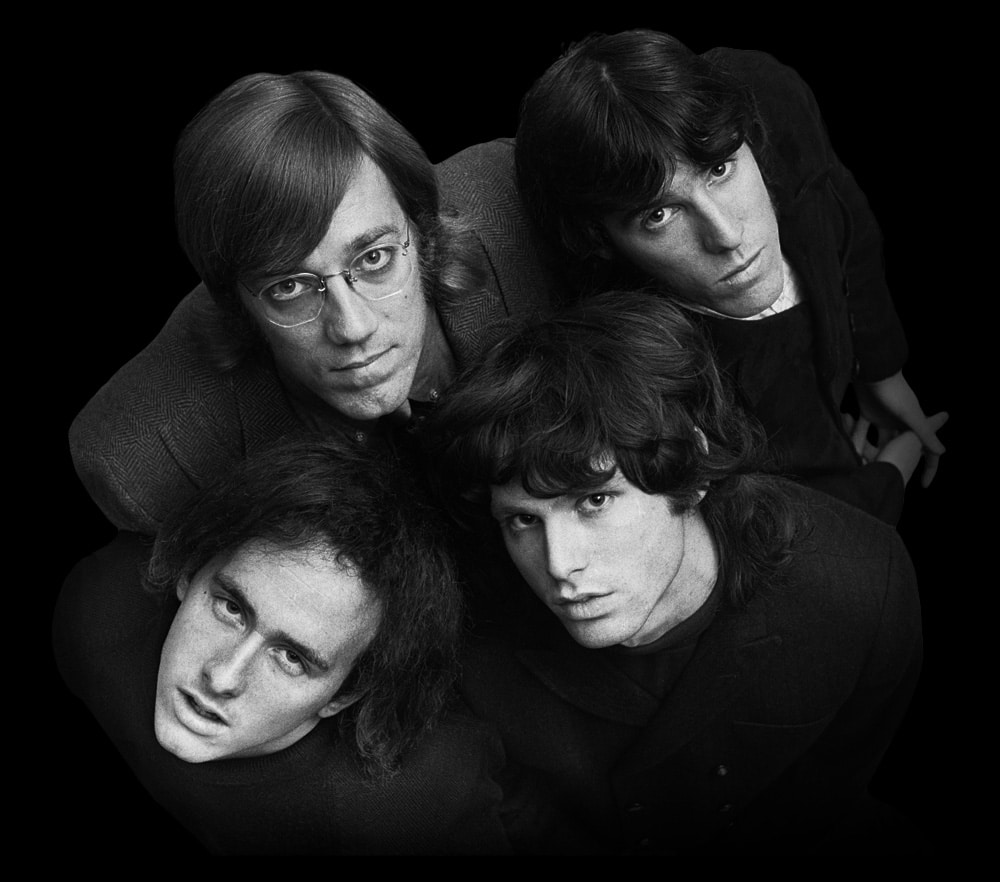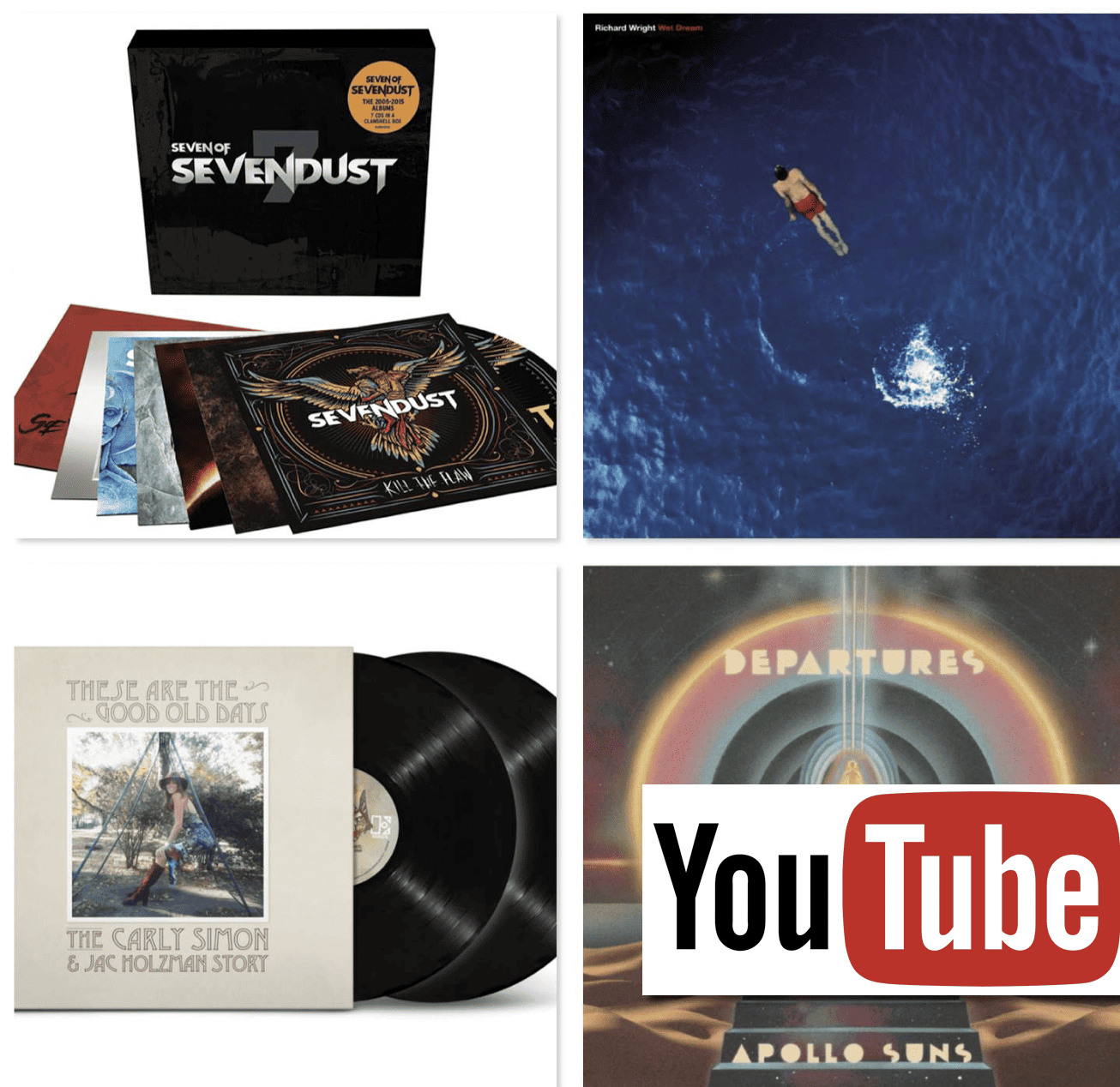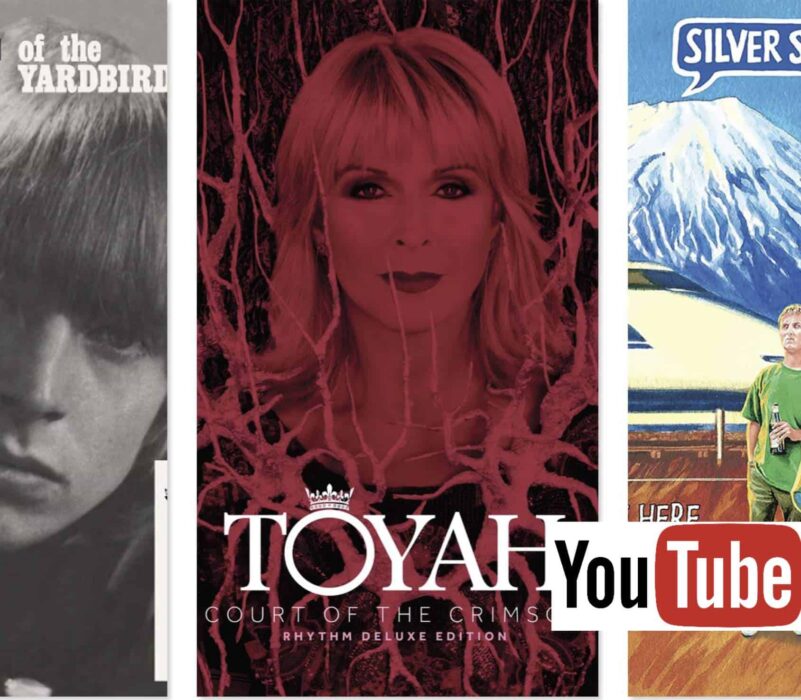The Article
The Doors & Bruce Botnick: It Hinged On This
23rd May 2017
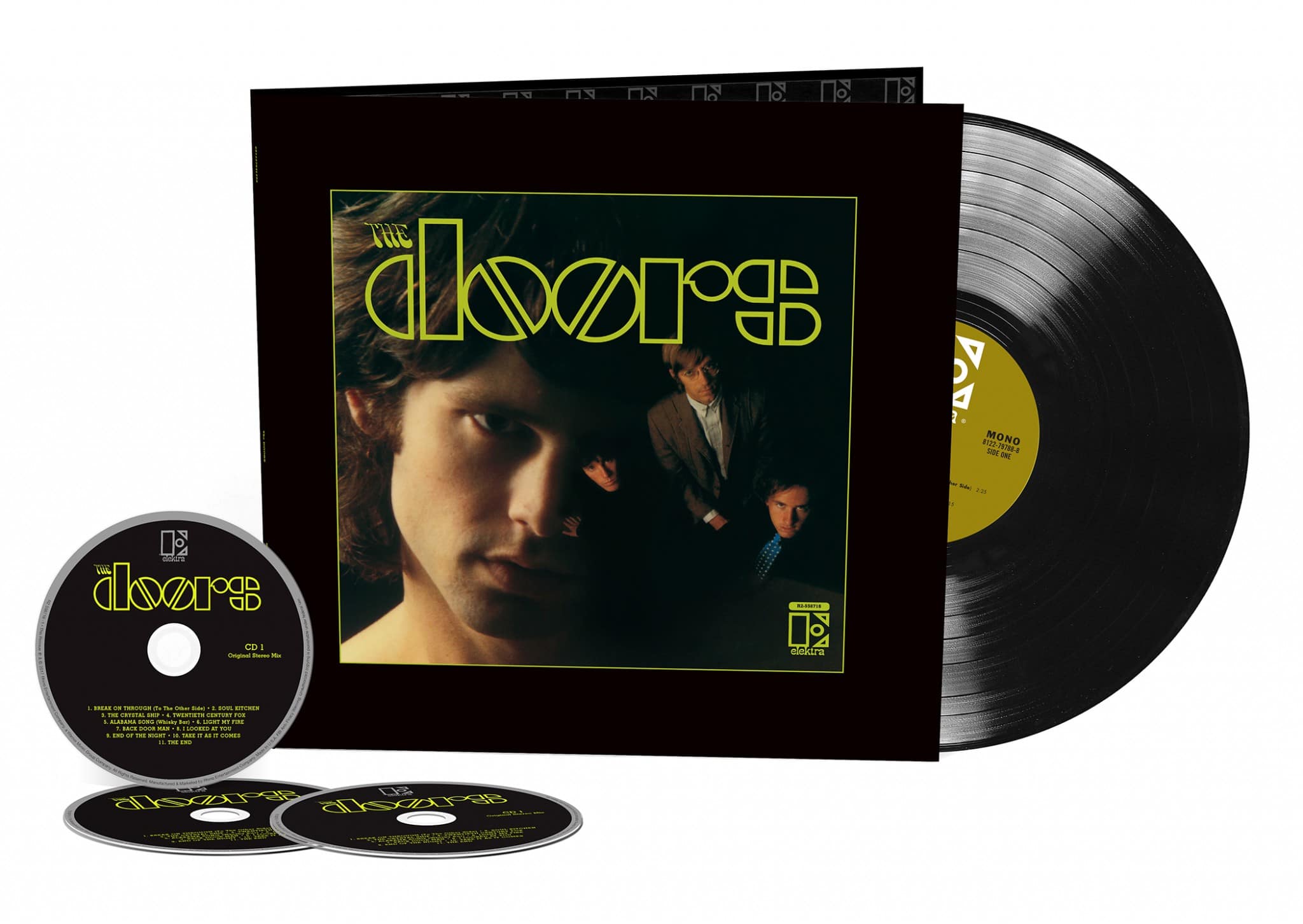
Featuring a specially-created LP/CD set of their debut album, Paul Rigby examines the anniversary Doors reissue and talks to the original recording engineer on the project, Bruce Botnick
It was fifty years ago that The Doors recorded their debut album on Elektra Records. From that moment, this now classic rock album set John Densmore, Robby Krieger, Ray Manzarek and, of course, Jim Morrison on a stellar recording career.
To celebrate the recording, the surviving members of the band have released ‘The Doors: 50th Anniversary Deluxe Edition’, a 3CD/LP set. In addition, the music is available digitally.
Packaged in a large format hardcover book, the set includes a remastered version of the album’s original stereo mix for CD. A mono mix is included both on vinyl and is also making its CD debut. The third CD features a live performance from ‘The Matrix’ in San Francisco recorded just weeks after ‘The Doors’ was released. Also included are liner notes and a selection of rare and previously unseen photographs.
I wanted to find out more about the set from an audiophile point of view and was lucky enough to talk to one of the gods of the recording industry, a man who has ‘been there’ on more than one occasion, Bruce Botnick. To describe Botnick’s career as ‘illustrious’ is a crushing understatement. Apart from The Doors’ debut LP, he was there when The Beach Boys produced Pet Sounds (although, “I spent more time with Brian [Wilson] on Good Vibrations than Pet Sounds,” Botnick said), he recorded Love’s Forever Changes, he worked with Buffalo Springfield, Tim Buckley, The Rolling Stones, Marvin Gaye plus many more. He also worked in the film industry with the equally legendary Jerry Goldsmith and John Williams. Is it any wonder that I undertook the interview on my knees with my face pinned to the floor?
“I’ve been there with The Doors from the very beginning,” said Botnick. “August 19 1966, when we started recording them. We’ve remained friends, been god parents to children…our relationship has been good,” said Botnick. “At that time we were the same age, single and fancy free. They were this unknown band that had been playing up at the Whisky A Go Go club. In fact, when they finished recording for the day in the studio, they went over to the Whisky and did a set. They were a working band, no-one knew them. In those days, we didn’t work late evenings. Working until 8pm was a long night, for example.”
When The Doors began to record their debut work, producer Paul A. Rothchild and Botnick attempted to capture the live performance in the studio, “Probably the first album is the closest record to the live experience of the band, beyond actual recordings of live performances of course. Apart from a few studio tweaks, we stayed out of the way.” Tweaks? Well, a live version of a particular song favourite might rumble on for 15 minutes or so but a single vinyl disc wouldn’t allow that so judicious editing of the song arrangement here and a shortened guitar solo there was required.
When Jim Morrison and Ray Manzarek met on L.A.’s Venice Beach, Morrison already had twenty-four songs in the bag, “The first three albums comprise of most of those songs,” said Botnick. “They knew their songs, they’d been playing them every night.” Hence, the debut LP featured a tight, disciplined band.
It took around four and a half days to record the album and then the final vinyl package was on the shelf pretty soon after that, “That was normal then. I can go back to my albums with The Ventures, for example, where they would come in, there was a three hour session. From 10am to 1pm they’d record Side One, take a lunch break and record Side Two from 2pm to 5pm, recording live mono and stereo mixes and a three track back-up. When the session was over, we’d grab the master takes, edit them together, go into the disc mastering room, cut the lacquer masters and there would be album pressings out there in three or four days.”
Ever since Paul Rothschild passed away and Botnick produced the reissue of L.A. Woman, he has been the band’s producer and ‘Keeper of the Flame’, in terms of everything and anything to do with putting music on the shelf, “Great care goes into going back to the original analogue masters,” he said.
Those original masters were recorded on Scotch 111 tape, offering, “…huge particles. It was like early Agfa. You could do anything to it and it kept on ticking. Incredible tape. We’ve been very careful with our stuff all these years. We’ve kept the tapes in excellent condition, the environment at the Hollywood Vaults (a storage facility designed from the ground up for long-term preservation of film and tape) has the best archive in the world in terms of standards.”
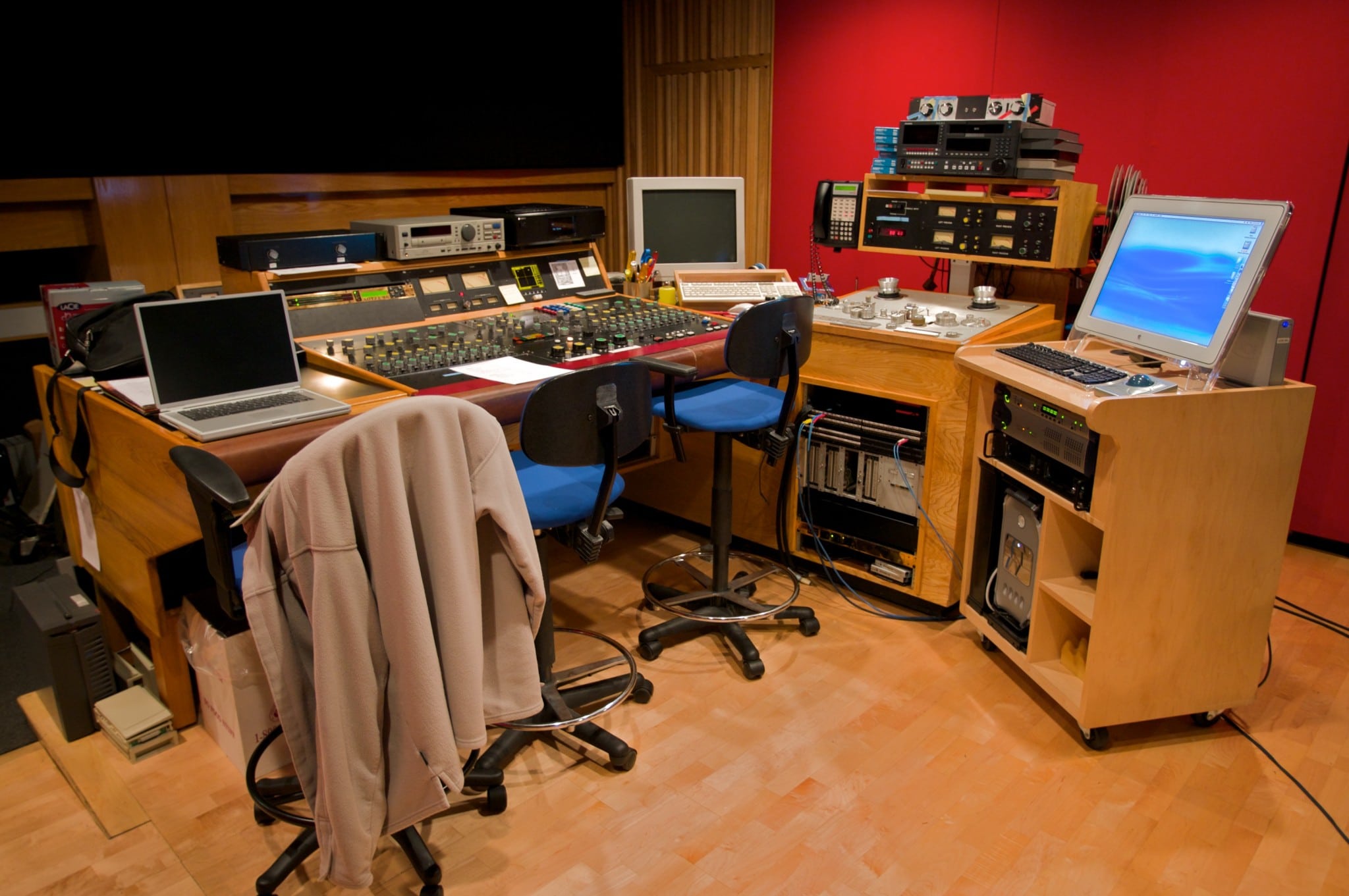
“We put out a vinyl box set five or six years ago, including a mono variant of the debut album on vinyl. That’s what you have here for this new vinyl disc. This new mono vinyl pressing is based upon that remaster. That mono version was mastered with Bernie Grundman and was never sold separately. All of the albums were originally mastered on tubes. I wanted the music for the debut mono LP pressing to be mastered on a tube system to keep the character and so we used Bernie’s tube system.”
Botnick supplied the original mono tape master to Grundman, “We had those because we always mixed in mono. After all, that’s what radio was. I love those mixes, I love mono. You’re not distracted by things coming at you from side to side. It’s a bit like black and white movies. They make you focus in on the story and the characters. Colours can be a little too real. It’s like watching the 3D version of the Wizard of Oz which I have on a Blu-ray. It’s weird. It took all of the magic out of the movie. I also like mono because the balance never changes, no-matter where you are sitting.”
“Mono is great because you can put things one behind the other. You can use your effects and your reverbs to create dimensions. It’s a little harder in stereo. I do well in stereo, don’t get me wrong but mono was wonderful. In Los Angeles, back then, you’d see three speakers in front of you. Firstly, because we recorded in 3-track half-inch, that was the main form but also mono was out of the centre speaker and you’d use the stereo from the outside speakers. We’d always do two mixes.”
Unlike other big name reissue projects of late, hi-res digital files were not used as a source for the vinyl lacquer. The source itself was the original analogue tapes, “The goal is to master from the original analogue master tapes, warts and all.”
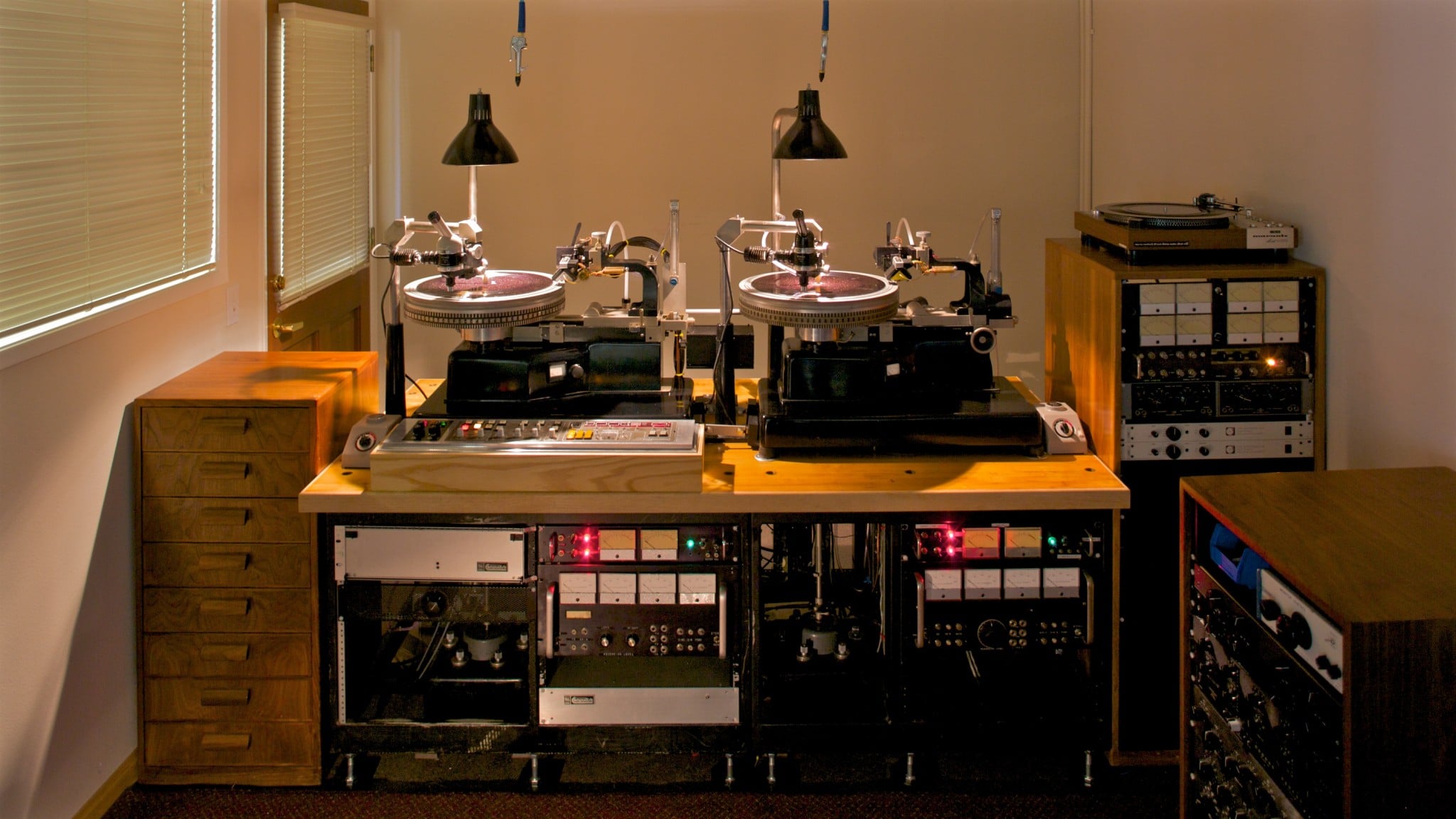
Botnick did create a hi-res digital file for use with the vinyl master but that digital file was only utilised to set EQs and levels, nothing else, “Why set the EQ, etc with the digital file? Because the original analogue masters are old and, in some cases, fragile. You don’t want to run the tape over the heads more than necessary, so the reason to use something that is stable and then cut the lacquer masters once. It’s the old adage, measure twice and cut once.”
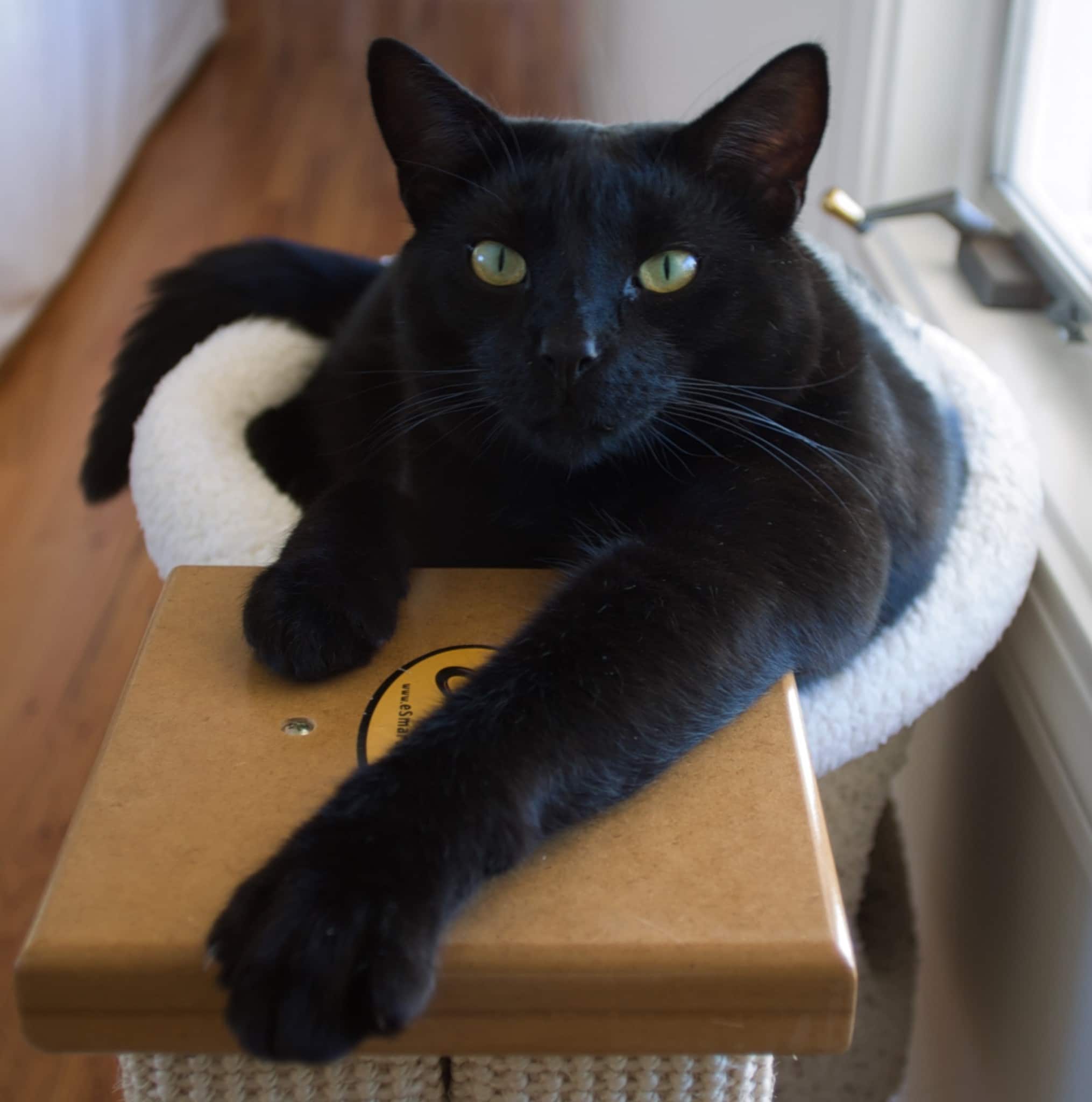
The CDs included in this new package actually feature a different album master, created two years ago by the late Doug Sax who used an all-valve Neumann system plus custom electronics designed by his brother. The Sax master was initially utilised by Acoustic Sounds for their 45rpm vinyl editions and currently remains the most recent Doors master from the original tapes. This is the first time that Sax’s remastering has been utilised for a CD edition, “For this box set, we used a 24bit/192kHz EQ master from the lacquer mastering process to down sample to 16bit/44.1kHz for the new CD masters,” said Botnick.
High resolution files (24bit/192kHz PCM and DSD) were created from the tapes but no concrete news has emerged as to how they will be implemented, “The higher the resolution we can go, the better,” said Botnick. “There’s more information there. We’re looking very seriously at 384kHz now, possibly 32bit. It takes up lot of room on the hard drive but the closer we can get to [the original analogue masters] without changing the character of the sound, the better.”
The Doors: 50th Anniversary Deluxe Edition is out now.
TOOLS & TOYS
“At Bernie’s and Doug’s, all of their gear is built in house,” said Botnick “EQs, cutting amplifier, the cutting heads, everything is in house designed and built. When I started in the industry, all of the studios built their own recording consoles and so on. The only thing that they didn’t build was the tape recorders. Bernie’s mastering machine is a Studer mastering deck with an analogue preview head but with plenty of in-house designed kit. In my studio, I use an Ampex ATR-104 that uses Aria electronics.”

